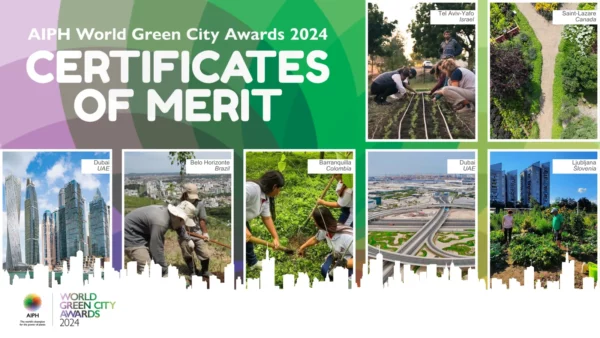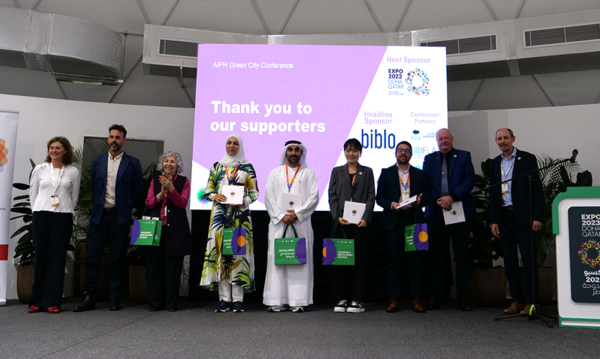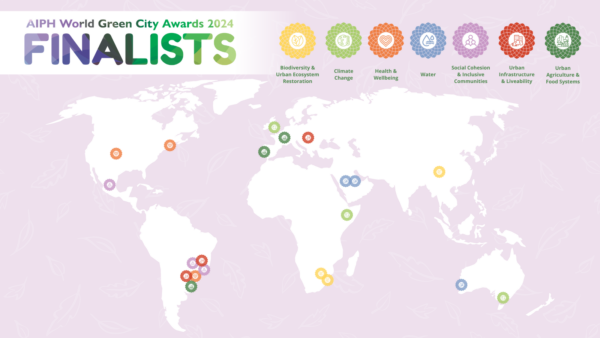Native plants in private gardens can be an important resource for urban native wildlife, and increase species diversity. Additionally, the use of native vegetation can create locally distinct urban landscapes which support residents’ connection and sense of place. However, in research from Phoenix, Arizona, Wheeler et al. (2022) found that native plants made up less than a third of the woody vegetation in front garden areas. Located in the Sonoran Desert of the southwestern United States, the area is known for being an oasis in the desert where residential landscaping has traditionally been focused on lush and green designs. To understand why native plants lack popularity amongst residents, this research surveyed 416 households about their gardens. It explored resident attitudes, knowledge, plant choice priorities, demographics, and land parcel structure in relation to their choice of garden vegetation.
One of the key findings for the horticultural industry is the opportunity to increase native plant popularity through increasing residents’ knowledge of specific native plant qualities such as wildlife value, maintenance requirements and water use. Particularly in this region, because residents who prioritised plant selection based on low water use had fewer native plants, even though the native Sonoran plants are adapted to low water conditions. A change in the way these plants are marketed could reduce this knowledge gap and encourage the multifaceted benefits of native plants for urban residential spaces. Beyond understanding the attitudes and personal priorities for residents’ garden plants, Wheeler et al. also explored the current barriers to native plant selection. Their findings suggest that greater native plant abundance in the residential landscape was unlikely to be achieved by educational campaigns to increase resident knowledge of native plant identification and care.The authors concluded that marketing campaigns that highlight low water use, and overcoming the barriers of horticultural availability and expense are potential avenues to increase native vegetation in these urban areas.
For further information, visit www.sciencedirect.com
If you would like to learn more about plant selection for challenging climates. AIPH Green City Briefings October 2022 heard from the Executive Director of St Andrew Botanical Gardens on their approach to increase the representation of distinct local landscapes. As part of their response to climate change, the Gardens have adapted their plant selection to reflect the changing conditions in Fife and reduce the garden’s carbon emissions. The landscape architecture Dar London’s Francesco Roesler spoke on Expo Doha 2023 aims to draw attention to the threats of desertification and the potential solutions through the power of plants and innovation. To watch this briefing, click here.



















